Wearing Jeans At The Ritz
History has taught Rolls-Royce to go with the times, explains Niels van Roij.
«Where did you park the car again, luv?» (photo © Rolls-Royce Motor Cars)
When describing Rolls-Royce automobiles, the average enthusiast would use adjectives such as «opulent», «luxurious» or maybe «decadent». However, there are non-average enthusiasts who assess the marque and its current product quite differently: «I wouldn't want or buy one, even if I could afford it», «the British designers designed Real Beauty and Elegance into the Bentley and Rolls Royce, sorry that's my opinion [sic]» or simply «it is a BMW» are among the comments levelled at modern Rolls-Royce.
Perhaps not entirely surprisingly, these cries of raging fury are extracted from the dark depths of a social media platform. What is surprising, however, is that these comments weren’t made by some group taking exception to the concept of lavish motoring. They were placed in a group of devotees of the classical models of Rolls-Royce and Bentley motorcars. The proper Rolls-Royce cars, according to these individuals.
Traditional values (photo © Rolls-Royce Motor Cars)
Of course, outspoken and, more often than not, rather unsubstantiated opinions are fairly common on social media. In this case, they serve as a fine example of what can be described as - both literally and figuratively speaking - a dying group of clientele of the noble British brands: the deep-seated traditionalists.
Jeepers Keepers
This breed of Rolls-Royce and Bentley enthusiast - and often owner – have an ocean of knowledge on the subject of the classical models and even lifestyles. This expertise is willingly demonstrated in detailed posts outlining chassis numbers, coachbuilders and body changes executed over the lifetime of any specific regal motor car. Even the factory colour schemes of paints and hides, as well as minutely described specific changes applied to the cars by custodians following the first owners are all duly noted. Interestingly, this underlines not only the profound love and knowledge of Rolls-Royce traditionalists, but simultaneously demonstrates their lack of deeper understanding of abstract aesthetic matters. For despite the fierce criticism from their corner, today’s Rolls-Royce designers translate the essence of this monarchal marque’s classic cars into today’s models in impressively precise a fashion.
Quite often, the hard-line traditionalists’ professional backgrounds are in management functions, a fair amount of them owning medium-sized businesses. Their interest in automotive history is more often than not entrenched in personal nostalgia. To many an orthodox lover of the Rolls-Royce and Bentley brands, the world appears to be not moving forward, but backwards. In the olden days, when Britain was ruling the waves, life itself and luxury motor cars were allegedly quite superior to what they are now. Therefore they cannot come to any other conclusion than that both today’s Rolls-Royce automobiles and their drivers must be lacking in every regard they themselves place the most value on: taste, class and refinement. To these traditionalists, today’s Rolls-Royce owners are as ‘fake’ as their motor cars are faux-British.
The legendary names of Henry Royce and Charles Rolls being used, or rather abused in order to sell some lower-class Teutonic vehicle (don’t mention the war!) is hence regarded an actual fraudulent activity. Especially Rolls-Royce’s Ghost, Wraith and Dawn models are intentionally offensively referred to as «the BMW 7 series», due to underpinnings shared with the Bavarian full-size luxury saloon. Interestingly, this orthodoxy conveniently forgets that the Silver Spirit boasted a GM-sourced (the horror!) 3-speed automatic gearbox at the same time. Of course, the hydropneumatic suspension, invented by Citroën and used by Rolls-Royce under license, much like the war, won’t receive mention either.
As authentically British as tinned beans (photo © Rolls-Royce Motor Cars)
The final orthodox Rolls-Royce, the Silver Seraph, had been in development since the late ‘80’s, with the car only entering production in 1998. Silver Seraph also was the last product Rolls-Royce manufactured on the same platform as its Bentley derivative, a state of affairs that had started in 1933. This platform was an evolution of the Rolls-Royce Silver Shadow’s chassis, designed in the early ‘60s. But despite - or maybe because of its - being an anachronism, the Seraph is retrospectively glorified as the final ‘proper’ Rolls-Royce, a last peak before everything would go dowhill. The engine under its classical bonnet was a BMW-sourced V12 unit, by the way.
Getting Royce On A Roll Again
As the Seraph was built at Crewe in hardly overwhelming numbers, the Rolls-Royce brand, after having recently been acquired by BMW, was undergoing a drastic reinvention process. Under the inspiring leadership of Ian Cameron, Rolls-Royce’s Chief Designer at the time, a new visual identity for the brand, as well as a complete range of models were devised. The Phantom range (2003–2017) was responsible for the restoration of a set of unique core values, to be followed by the more contemporary Ghost (2009–2020).
This updated, relevant Rolls-Royce brand was aimed at meeting the requirements of modern (Ultra) High Net Worth Individual customers, as well as maintaining a strong link with its own rich heritage – the main reason people are attracted to the brand in the first place. Phantom, the first car designed according to these intents, hence had to be the definition of a statement car.
Proportionally, Phantom harked back to the large saloons the brand made up to the ‘60’s, culminating in the Cloud models. It preserved classical proportions and an air of effortless dynamics, both typical Rolls-Royce trademarks, whilst appearing very modern at the same time. These identification marks were embodied in the precise proportions and very modern surfacing. Phantom did not give in to the fashionable trends of rising belt-lines and wedge-shaped dynamic bodies, on the basis of it being a regal, rather than sporting automobile.
Eschewing fashion on the basis of its being way too fleeting and temporary for the Rolls-Royce marque, Phantom’s gently downwards accelerating belt-line was not only another strong link to the rich history of Rolls-Royce, but it also clearly differentiated the Phantom from all lesser luxury cars on the road - most notably the Maybach models introduced at the same time, which were sorely lacking the Rolls-Royce’s gravitas.
No ghost of the past? (photo © Rolls-Royce Motor Cars)
The second step in Rolls-Royce’s reinvention and rejuvenation programme, Ghost embodied effortless dynamics in a more athletic way. One of Ghost’s most noteworthy features was the way two-tone paint was applied. The character of this classical Rolls-Royce feature was translated into a very modern take: an inner body fuselage could be equipped with a contrasting hue, to be complimented by the outer body. Featuring two visually separated body elements elevated the paint choices of the patron onto a higher level, whilst the body was still working equally well in regular monotone hues too.
This brings us back to Rolls-Royce owners’ freedom of paint choices, which have been of the utmost importance to the marque throughout both its Crewe and Goodwood eras. In fact, since the beginning of its existence, Rolls-Royce has not simply given customers the opportunity to select the interior hides and exterior paint colours of their motorcar, but actively encouraged them to curate their cars in relative freedom - allowing for very bold choices in the process.
Freedom of expression (photo © Historics)
Despite what the traditionalists Rolls-Royce enthusiasts’ uncharitable views on today’s models («I think it would have been way better off going bankrupt»), the marque has always had highly eclectic customers, whose ideas matched their idiosyncratic self-expression. More traditional owners might loath the BMW-era cars to their collective hearts’ content, but it’s a matter of fact that Rolls-Royce clients have consistently been an eclectic mix of old-fashioned, old-moneyed aristocrats and new money - throughout the marque’s history.
«You swine!»
Limited edition vehicles have been devised regularly since the Rolls-Royce brand was founded in 1906. Quite often, outspoken colours and materials were applied to these. One historical example of the clientele attracted by such freedom of aesthetic expression are the Maharajas. Another case defines just how wide the scope of specifying one’s Rolls-Royce are.
«You swine! How dare you do that to a Rolls-Royce!», screamed an outraged Englishwoman as John Lennon drove past London’s Piccadilly in the summer of ’67. Despite the Beatles’ frontman being British, he obviously failed to apply «Real Beauty and Elegance [sic]» to his Rolls-Royce’s specification.
Traditionalists’ acid test (photo © Rolls-Royce Motor Cars)
Given the recurring nature of such incidences, these extrovert specifications might be considered a Rolls-Royce tradition-of-sorts - with today’s Black Badge models being a contemporary interpretation of this phenomenon. To some, this may constitute an unforgivably horrible exercise for such a noble brand, suitable only to the likes of footballers, strip club owners and other new-moneyed proletarians. In my personal view, however, Black Badge stands for something decidedly different: a relevant, new take on the Rolls-Royce ethos.
History is indeed merely repeating itself. Even the rather mundane Rolls-Royce Silver Spirit could be optionally equipped, from the factory, with something as terribly dreadful as alloy wheels. Then there was the so-called Harvey Bailey Handling Kit, which firmed up the suspension and improved the Silver Spirit’s composure. Back in its day, many a self-proclaimed enthusiast certainly found this kit adding insult to injury - pandering to the needs of the self-driving Rolls-Royce owner arguably being an affront in itself.
But back to Black (Badge). The Goodwood brand developed a range of full-fat hues to suit the darker, more dynamic character of the Black Badge cars. I’d argue that these colours are well chosen: a selection of fuller, non-metallic tints for the exterior paints and interior hides, easily identifiable as Black Badge and Black Badge only. All those selected colours work together as a palette and compliment the mandatory black grille and rest of the ‘bright’ work.
A shout out to Rolls-Royce's Colour and Material designers is due, as developing a range of unique tints in a world were so many colours and combinations have been tried and applied already is not an easy task to pull off. The saturated colours of Black Badge I find interesting and well-chosen for the purpose they serve: to highlight the darker side of Rolls-Royce. They change the character of the vehicle they are applied to significantly, whilst remaining unmistakably Rolls-Royce at the same time. None of this is an easy feat.
Unlike a regular specimen in dark blue with biscuit interior, a Rolls-Royce Black Badge model doesn’t constitute a safe choice. For that very reason, one could possibly even argue that Black Badge makes the cars more of a Rolls-Royce - an expression of extreme individualism and self-confidence. The kind of self-confidence that certainly needs no reassurance from commenters on social media.





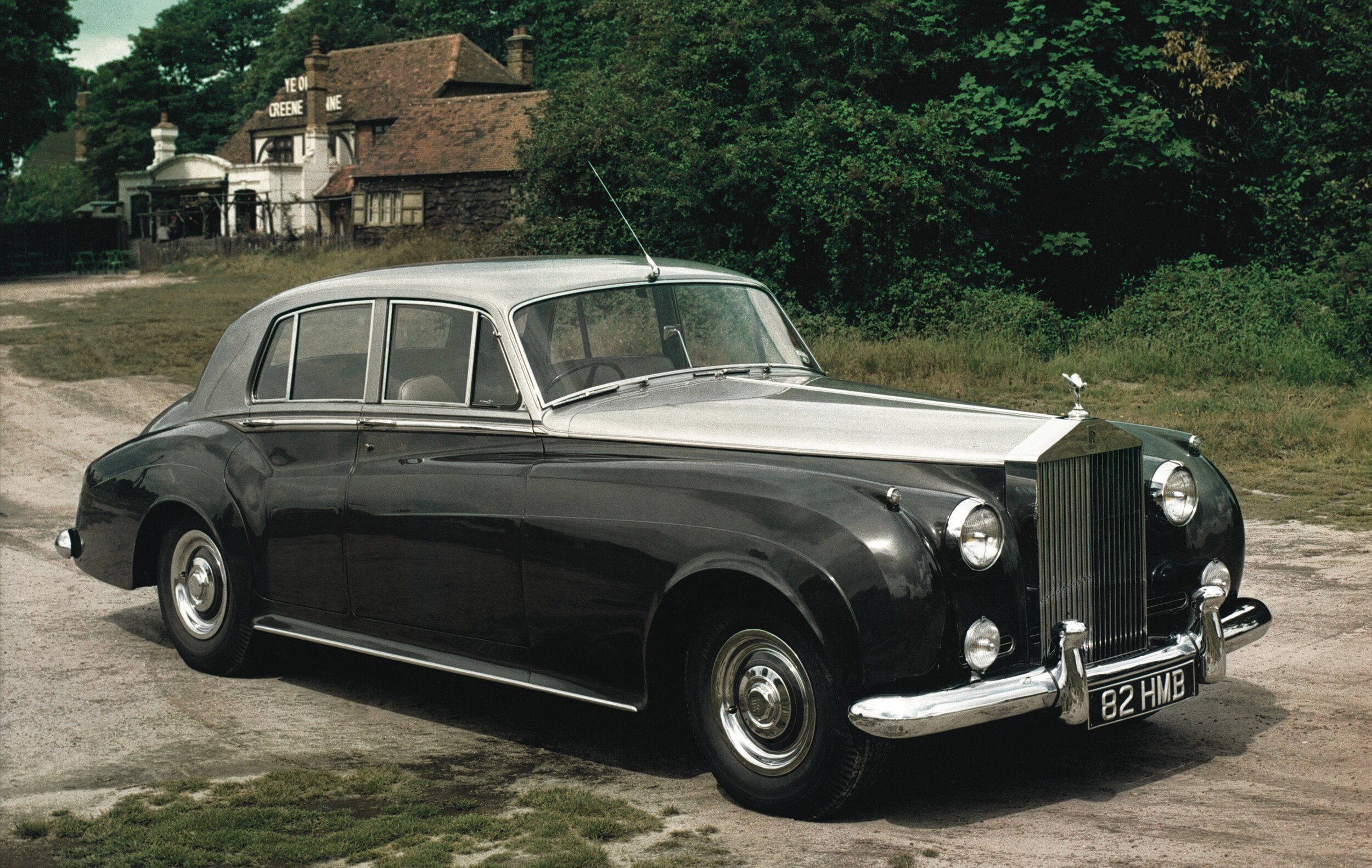
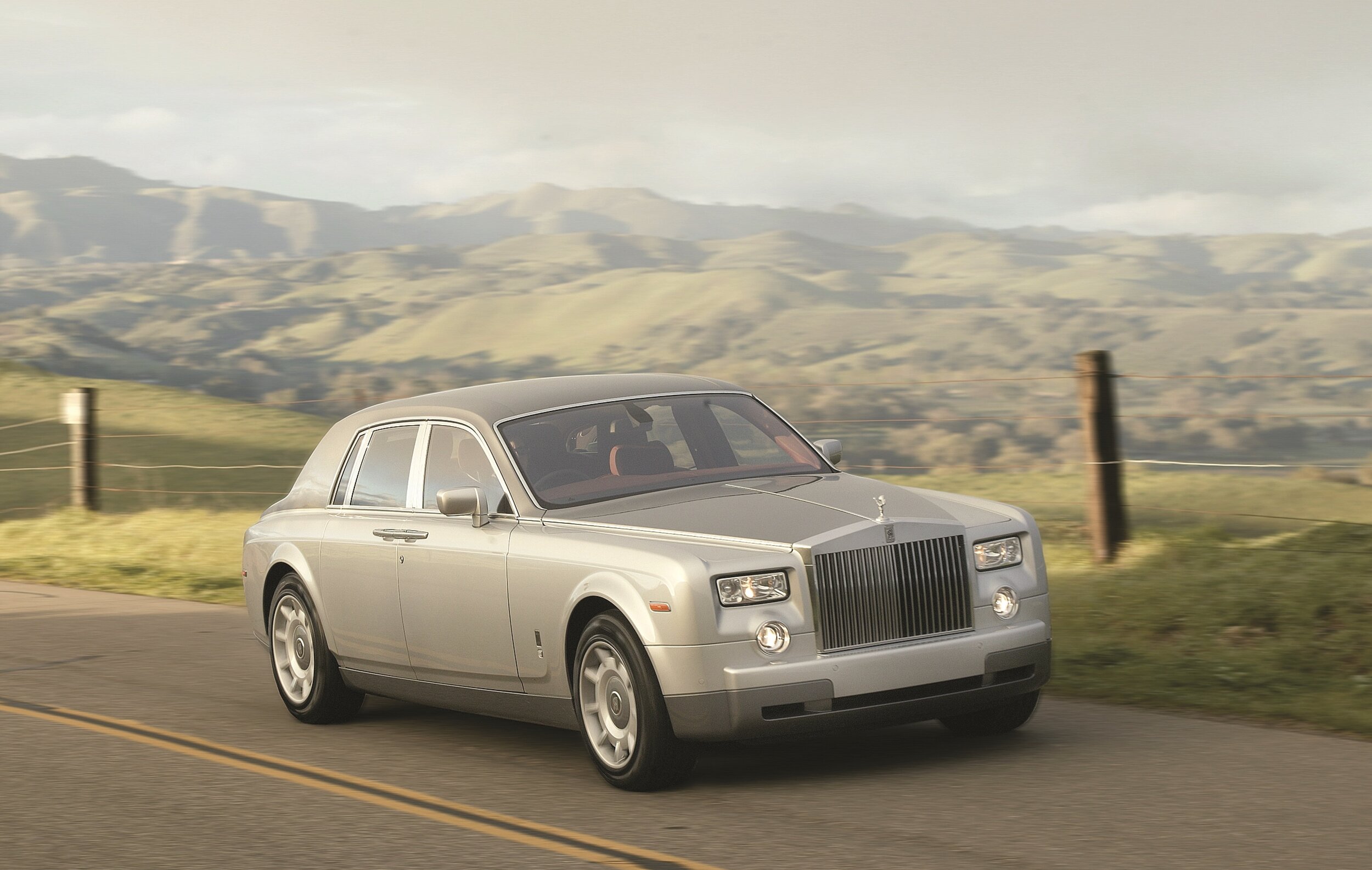

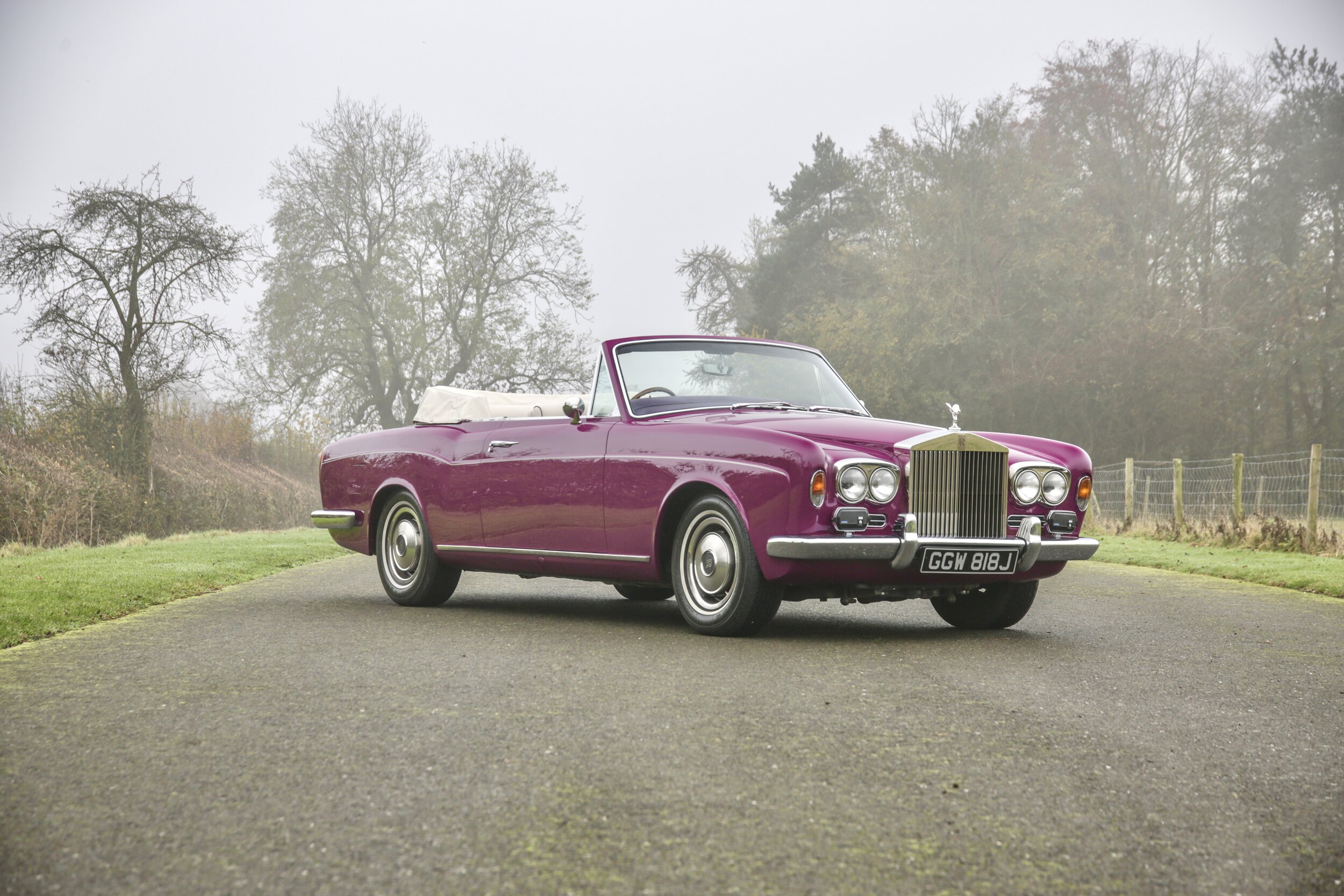


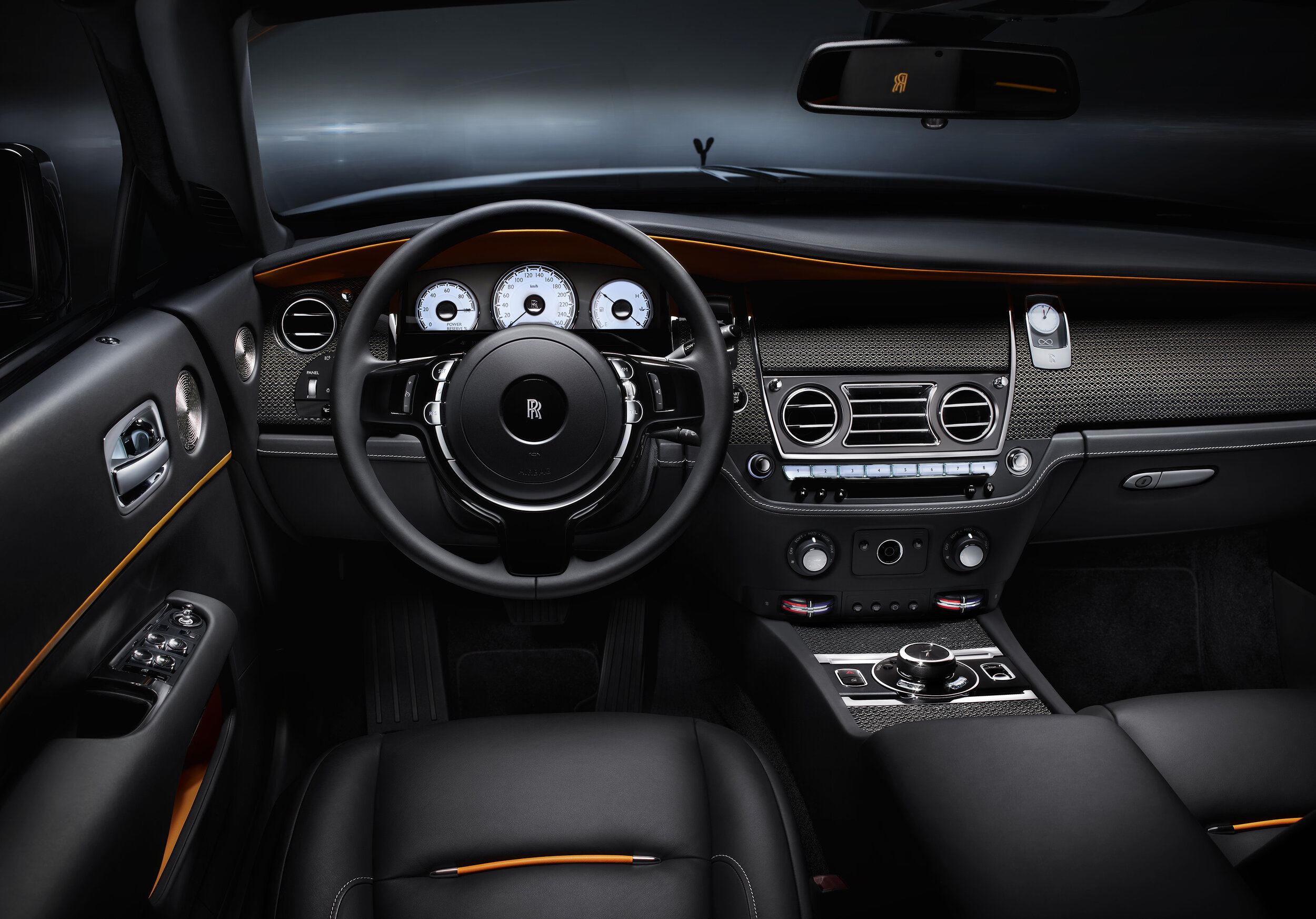
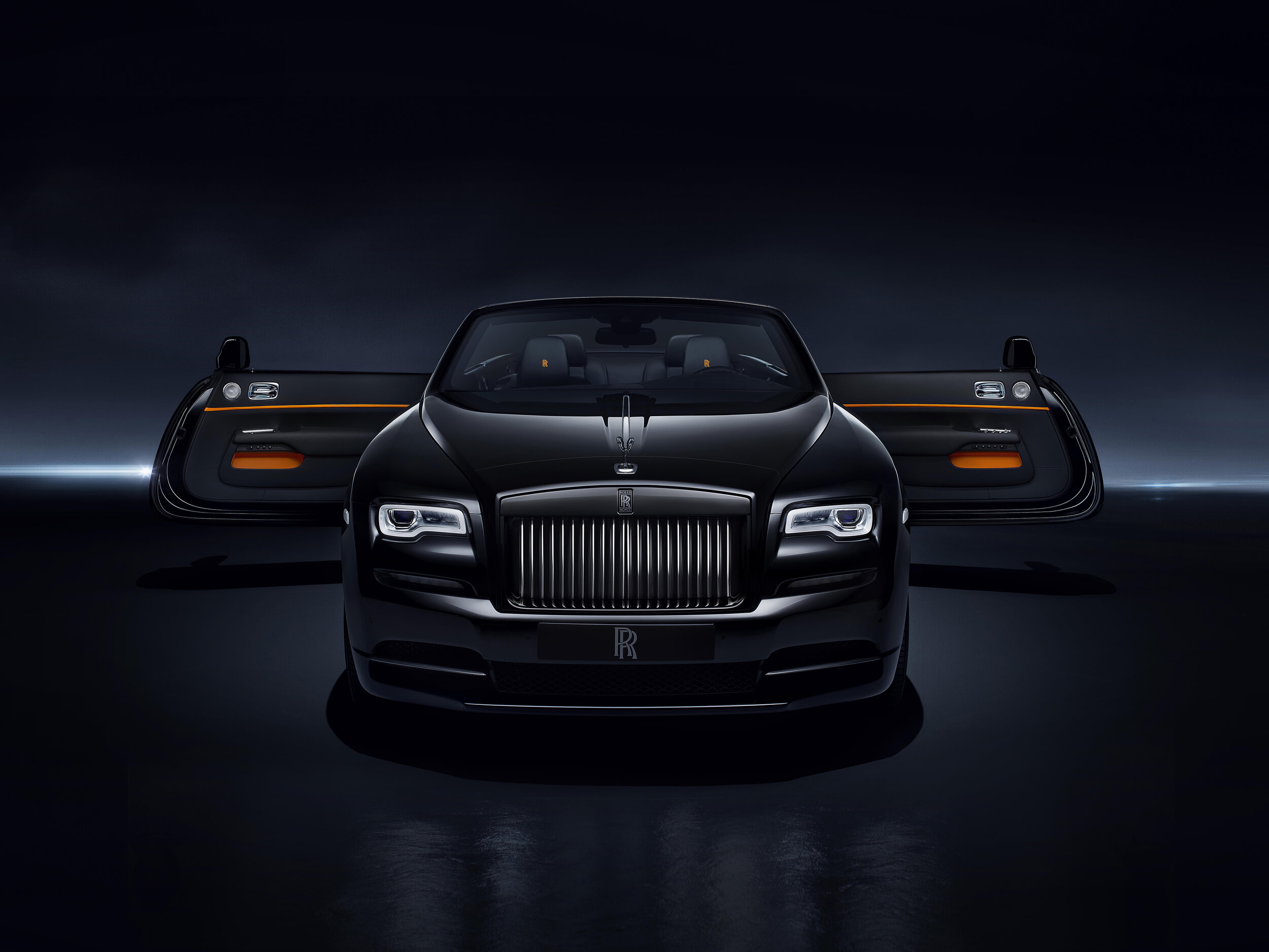
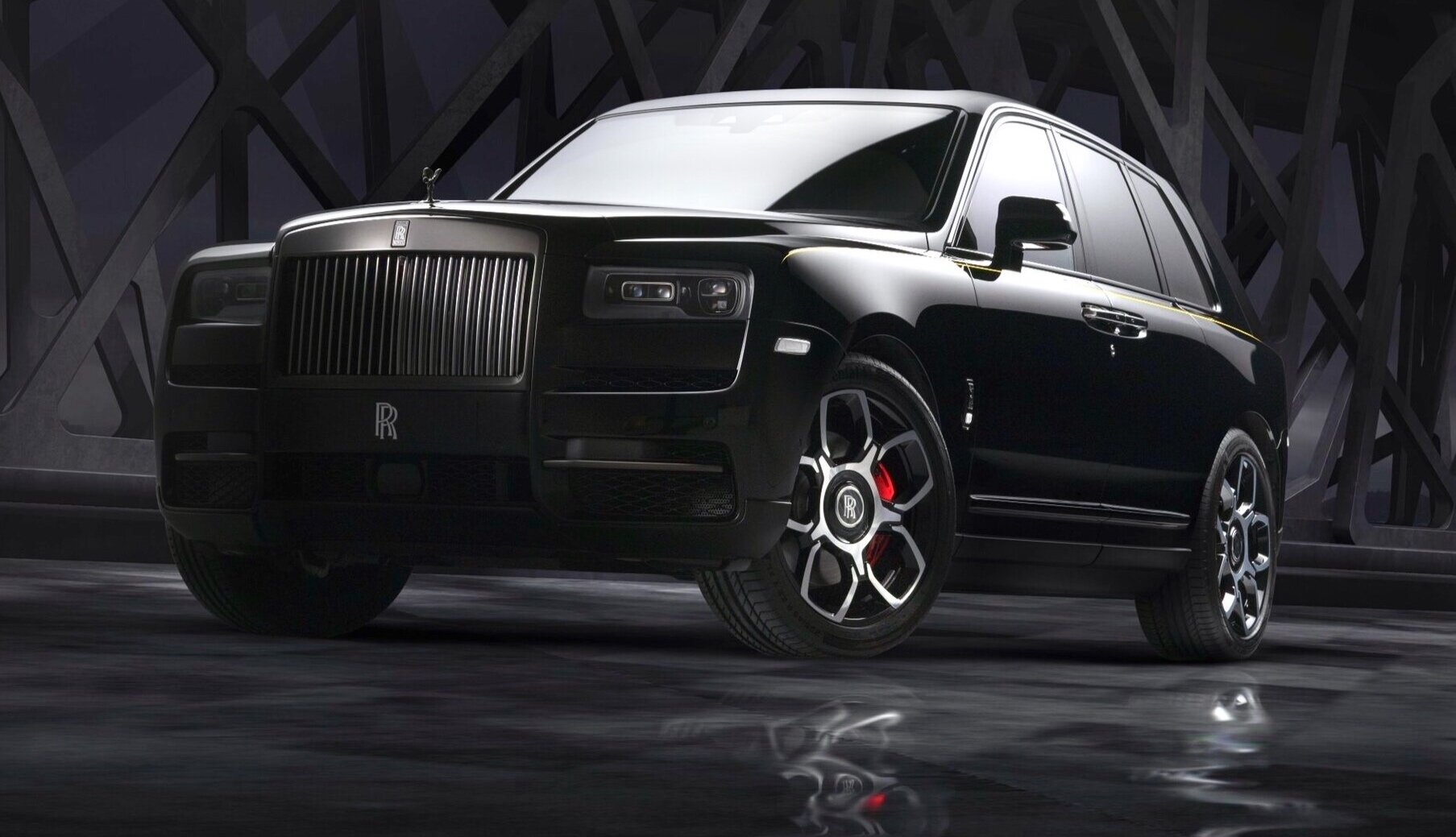
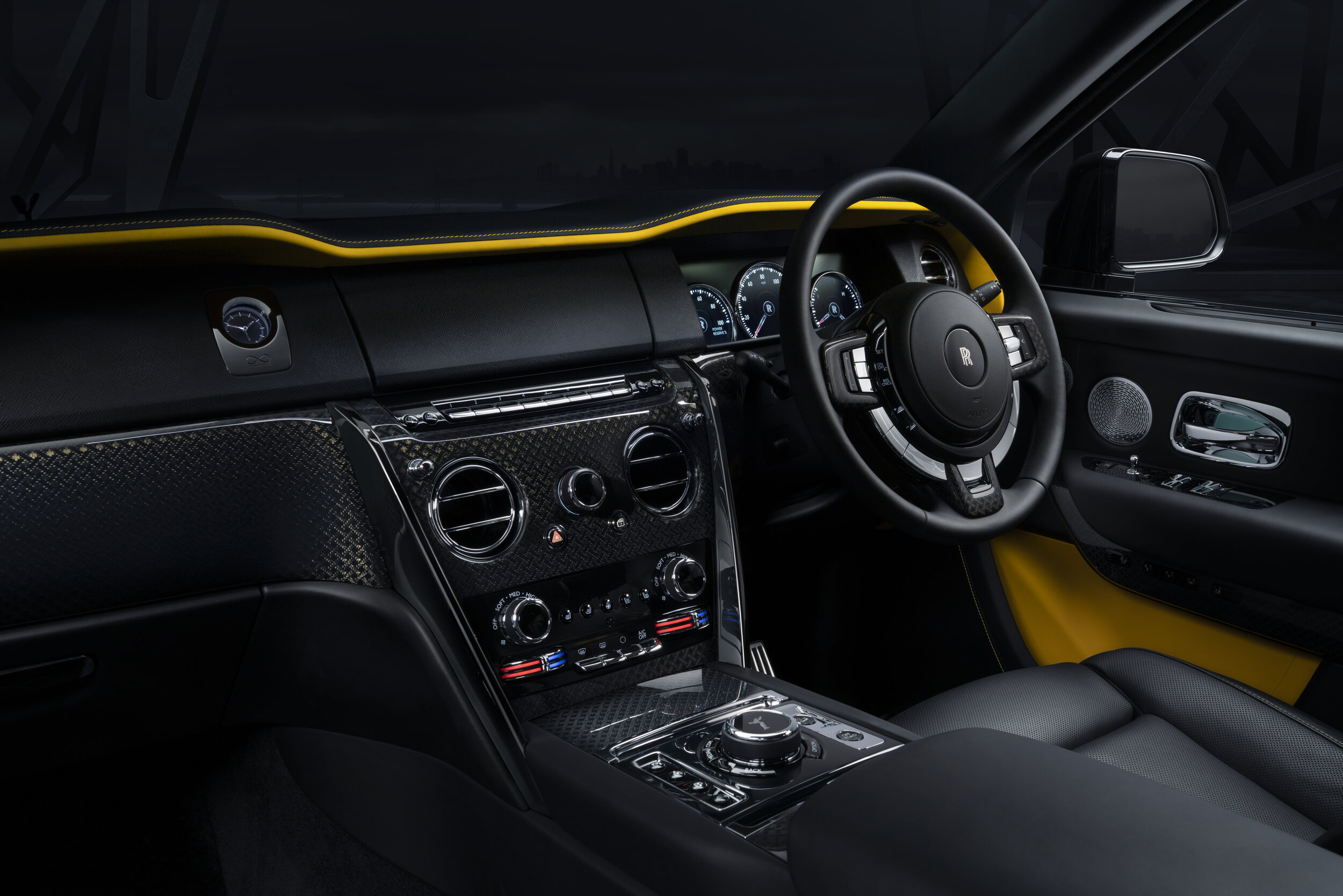


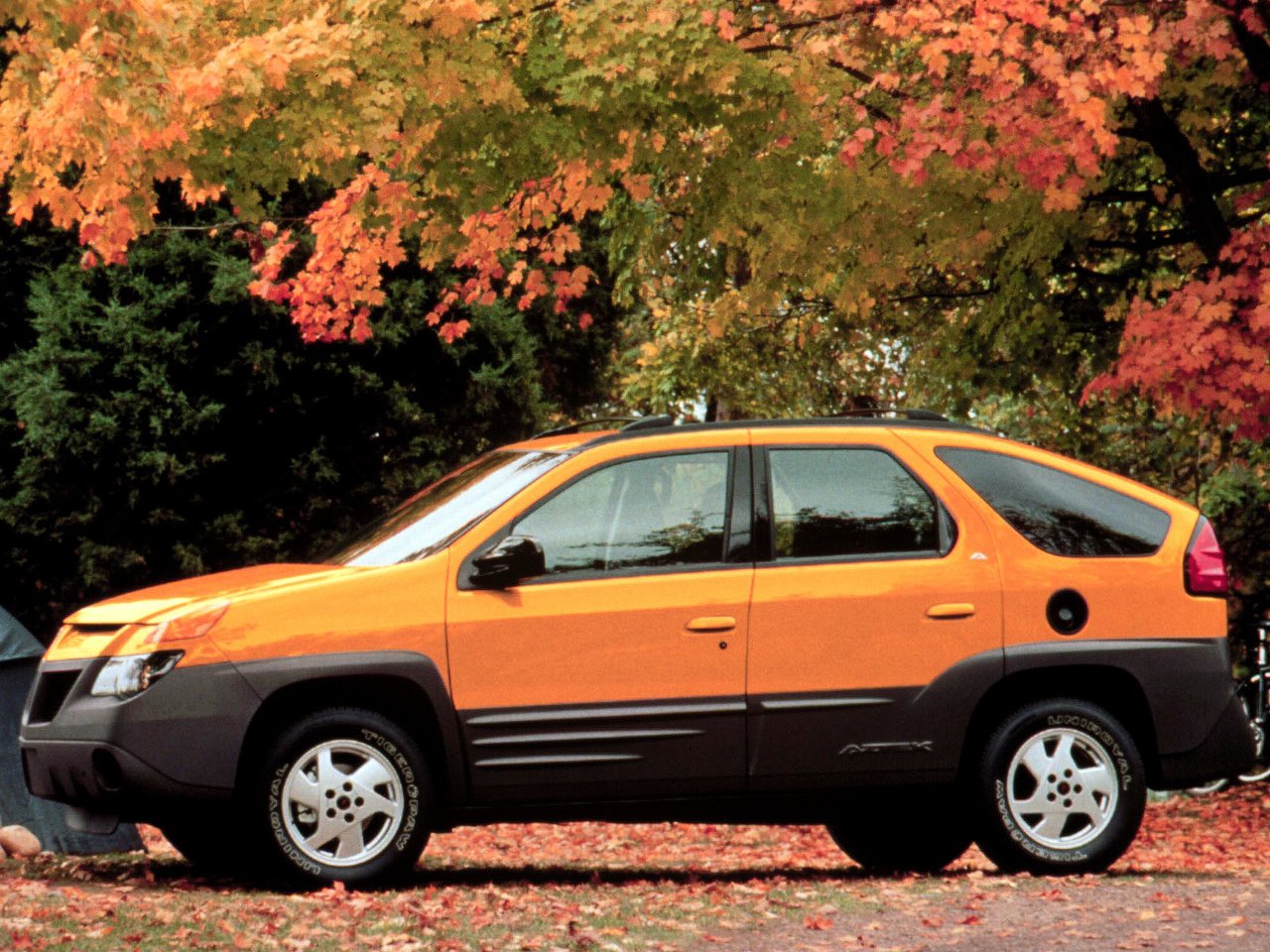







Car interior designer who created some of the most significant cabins of all time, most notably the Porsche 928’s